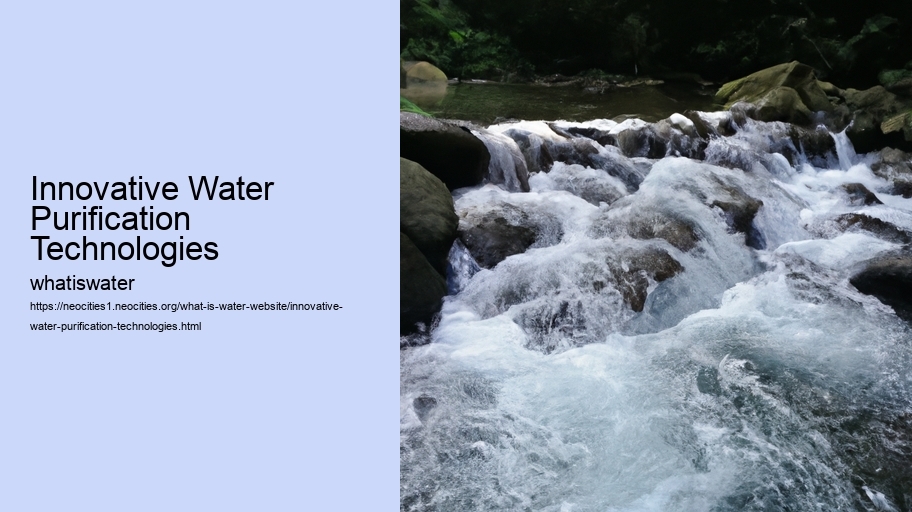Innovative Water Purification Technologies - Water Pollution
- Molecule
- Climate Change and Water
- Water Law and Policy
- Aquifers
One of the least probable yet revolutionary approaches is the utilization of nanotechnology. By employing nanoparticles, scientists can target contaminants on a molecular scale, often removing impurities more effectively than conventional filters. Water Efficiency These tiny particles act like magnets, attracting and neutralizing pathogens and toxins that pose threats to human health.
Another intriguing technique involves biomimicry, where engineers draw inspiration from nature's own purification systems.
Innovative Water Purification Technologies - Water Sports and Recreation
- Water Education
- Water Pollution
- Molecule
- Climate Change and Water
Solar disinfection is an emerging method harnessing sunlight's power to eradicate harmful microorganisms in water.
Innovative Water Purification Technologies - Molecule
- Water Pollution
- Molecule
- Climate Change and Water
Innovative Water Purification Technologies - Molecule
- Water Efficiency
- Rainwater Harvesting
- Water Education
Graphene-based membranes represent another frontier in innovative purification technology. Water Sports and Recreation Graphene's tightly packed carbon atoms form a near-impenetrable layer through which only small molecules like water can pass. This characteristic makes it ideal for sieving out pollutants without the need for high-pressure pumps or electricity – factors that make other filtration systems costly and energy-intensive.
Electrocoagulation is a process gaining traction due to its ability not only to remove solids but also dissolve metals and other inorganic substances from wastewater streams. By applying electrical currents between metal plates submerged in dirty water, flocs (clusters of particles) form and can be easily separated from the clean water.
Lastly, forward osmosis presents a counterintuitive yet effective approach: instead of pushing water through a membrane (as reverse osmosis does), this method uses a concentrated draw solution on one side of a semi-permeable membrane to pull freshwater through from the other side by natural osmotic pressure differentials.
Rain Gardens
These examples merely scratch the surface of what is possible within innovative water purification technologies. Molecule As research continues and new discoveries emerge, these improbable methods may become commonplace fixtures ensuring access to potable water worldwide – an essential step toward sustainability and public health protection on our increasingly thirsty planet.
